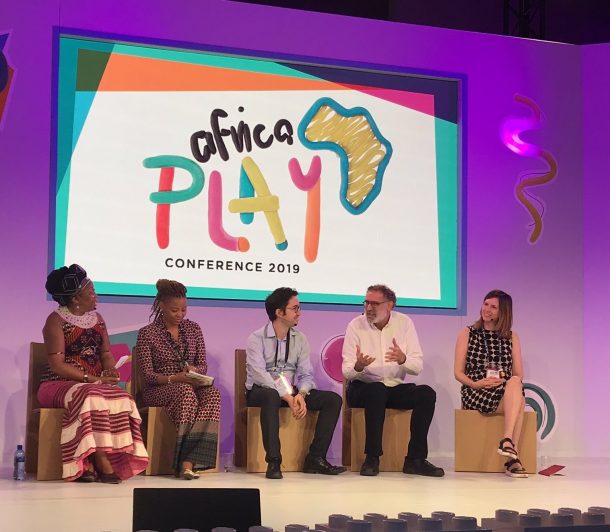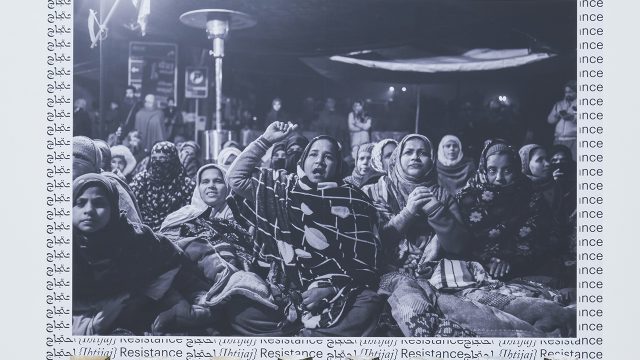
This post wings its way to you fresh from Pretoria, South Africa where I’m delighted to be taking part in the Lego Foundation and UNICEF South Africa AfricaPlay conference exploring how learning through play can enrich early childhood development. The venue is awash with leading developmental psychologists, neuroscientists and educators whose research and practice harness the power of creativity and play in education. Snippets of conversations overheard at the speaker reception ranged from the role of super-hero play in identity formation, to debates about Scratch 3.0 programming software as a creative coding tool fostering collaborative skills. And all before dinner!
The conference is also the launch of The Lego Foundation’s ‘Creating Creators’ report, featuring viewpoints and opinions on how to strengthen creativity in education systems worldwide. In my last post I said I would write on story telling, and this conference has provided the perfect opportunity. The creativity panel I joined explored how creativity matters for economies, employers, parents and learners. Given that it was a ‘creativity panel’, it did that through the mechanism of story telling itself. Having been to many, many conferences, this felt like a novel and effective way to engage attention and animate content.
Dr Gcina Mhlophe, author, poet, playwright and performer, wove a narrative about a young South African protagonist whose journey into adulthood. She used the story as a springboard for the panel to reflect on our educational experiences of creativity professionally and personally. The ensuing conversation was richly authentic and provocative, and called our attention to the challenge and necessity of unlocking creativity in parents alongside children, something I continued to debate over breakfast the following day with Paul Ramchandani of Cambridge PEDAL. Paul’s specialism is parenting and play, and their influence on children’s development. This is a key area we are digging into for our transformative project for the Museum of Childhood, so expect some more on that to come.
I’ll continue to reflect on story telling in museums in my next post, but in the meantime I really would love to hear from you about your experiences of creativity in education. Story telling can often begin as thinking of everyday objects creatively in new and exciting ways. This is why it is so important for children, as our everyday is new to them. And it is also why children are such natural divergent thinkers. As a starter for ten, here is an old favourite of mine to get your divergent thinking tickers ticking quicker. Grab a couple of colleagues. Put an ordinary drinking glass on the table in front of you. Set your phone timer for one minute. Get some sharpies and giant post-its. How many different uses can you think of for it that are not as a drinking vessel? Anyone who gets over 25 ideas down is clearly on a creative high!


